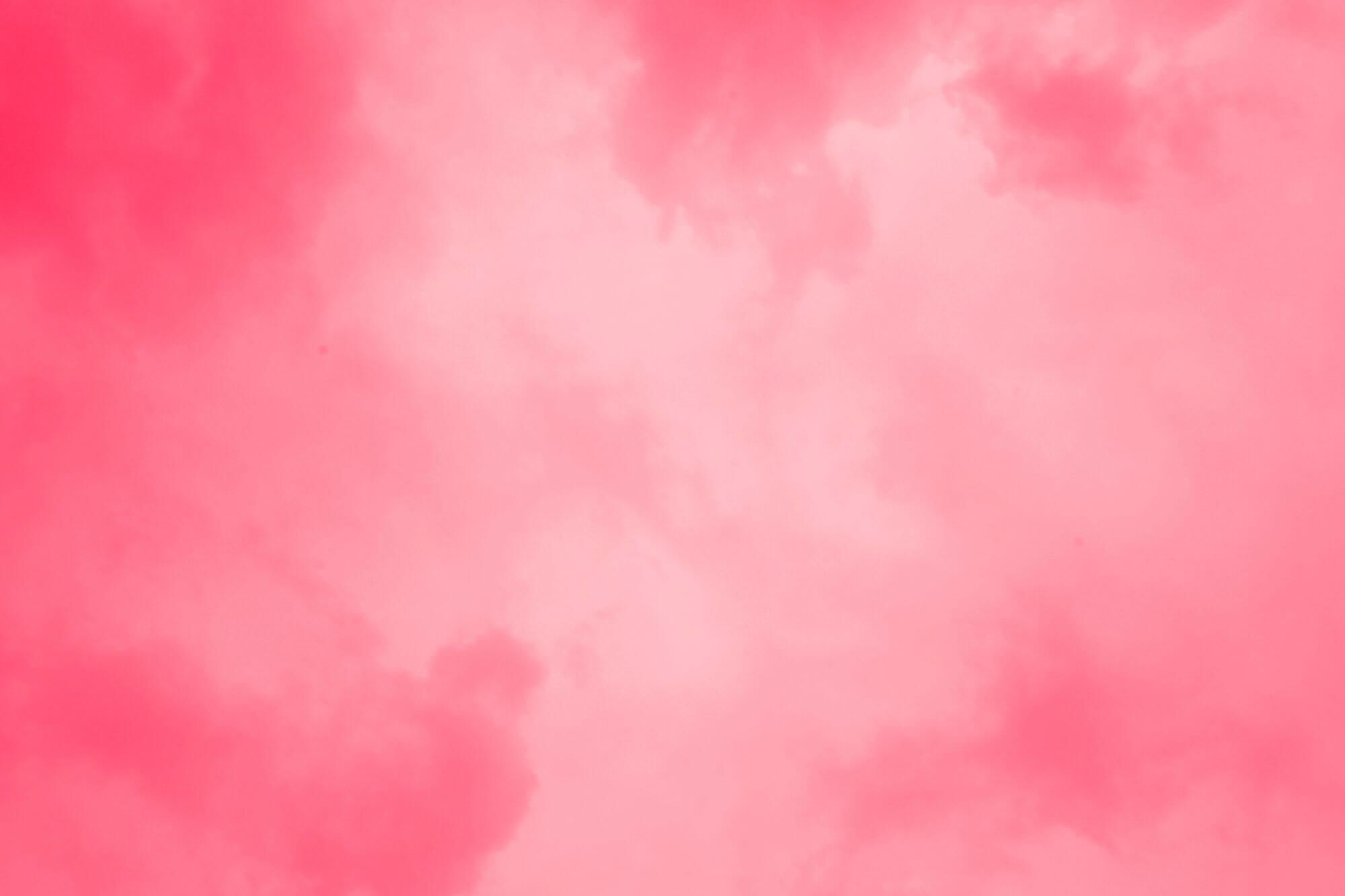Say you want to put an image or two on a webpage. One way is to use the background-image CSS property.
This property applies one or more background images to an element, like a <div>, as the documentation explains. Use it for aesthetic reasons, such as adding a textured background to your webpage.
Add an Image
It’s easy to add an image using the background-image property. Just provide the path to the image in the url() value.
The image path can be a URL, as shown in the example below:
div {
/* Background pattern from Toptal Subtle Patterns */
background-image: url("https://amymhaddad.s3.amazonaws.com/morocco-blue.png");
height: 400px;
width: 100%;
}
Or it can be a local path. Here’s an example:
body {
/* Background pattern from Toptal Subtle Patterns */
height: 400px;
width: 100%;
background-image: url("./images/oriental-tiles.png");
}
Add Multiple Images
You can apply multiple images to the background-image property.
div {
/* Background pattern from Toptal Subtle Patterns */
height: 400px;
width: 100%;
background-image:
url("https://amymhaddad.s3.amazonaws.com/morocco-blue.png"),
url("https://amymhaddad.s3.amazonaws.com/oriental-tiles.png");
background-repeat: no-repeat, no-repeat;
background-position: right, left;
}
That’s a lot of code. Let’s break it down.
Separate each image url() value with a comma.
background-image:
url("https://amymhaddad.s3.amazonaws.com/morocco-blue.png"),
url("https://amymhaddad.s3.amazonaws.com/oriental-tiles.png");
Now position and enhance your images by applying additional properties.
background-repeat: no-repeat, no-repeat;
background-position: right, left;
There are several sub-properties you can add to your background images, such as background-repeat and background-position, which we used in the above example. You can even add gradients to a background image.
See what it looks like when we put everything together.
Order Matters
The order that you list your images in matters because of the stacking order. That means the first image listed is nearest to the user, according to the documentation. Then, the next one, and the next, and so on.
Here’s an example.
div {
/* Background pattern from Toptal Subtle Patterns */
height: 400px;
width: 100%;
background-image:
url("https://amymhaddad.s3.amazonaws.com/morocco-blue.png"),
url("https://amymhaddad.s3.amazonaws.com/oriental-tiles.png");
background-repeat: no-repeat, no-repeat;
}
We’ve listed two images in the code above. The first image (morocco-blue.png) will be in front of the second (oriental-tiles.png). Both images are the same size and lack opacity, so we only see the first image.
But if we move the second image (oriental-tiles.png) over to the right by 200 pixels, then you can see part of it (the rest remains hidden).
Here’s what it looks like when we put everything together.
When Should You Use Background Image?
There’s a lot to like about the background-image property. But there’s a drawback.
The image may not be accessible to all users, the documentation points out, like those who use screen readers.
That’s because you can’t add textual information to the background-image property. As a result, the image will be missed by screen readers.
Use the background-image property only when you need to add some decoration to your page. Otherwise, use the HTML <img> element if an image has meaning or purpose, as the documentation notes.
That way, you can add text to an image element, using the alt attribute, which describes the image. The provided text will be picked up by screen readers.
<img class="house"
src="./images/farnsworth_house.jpeg"
alt="A glass house designed by Ludwig Mies van der Rohe located in Plano, Illinois.">
Think of it this way: background-image is a CSS property, and CSS focuses on presentation or style; HTML focuses on semantics or meaning.
When it comes to images, you’ve got options. If an image is needed for decoration, then the background-image property may be a good choice for you.
I write about learning to program and the best ways to go about it (amymhaddad.com).

